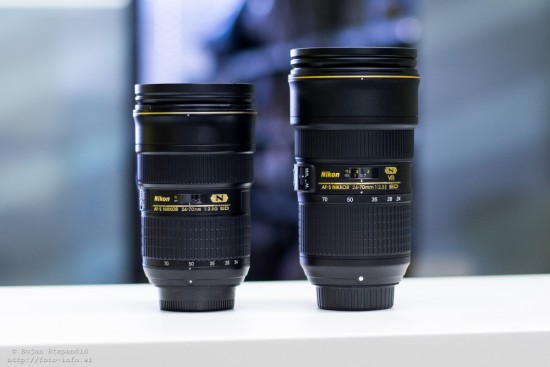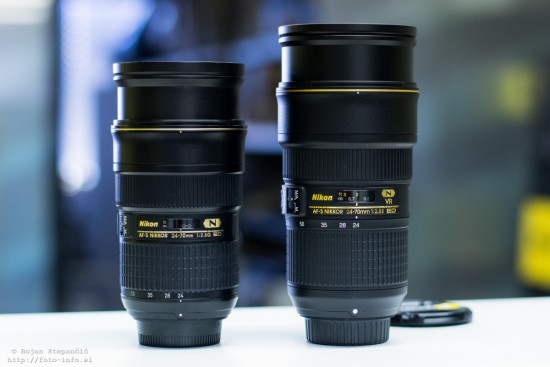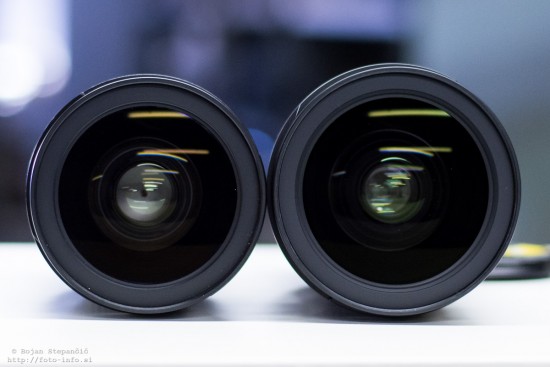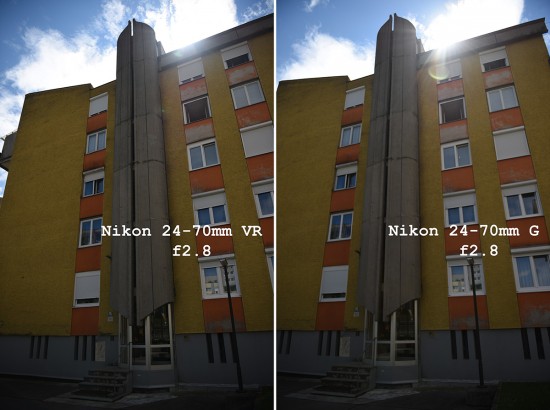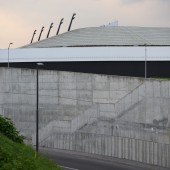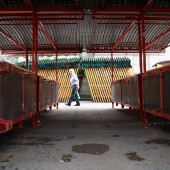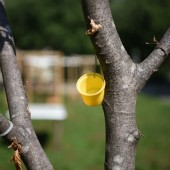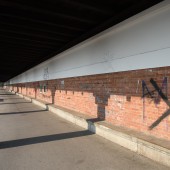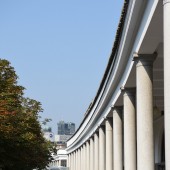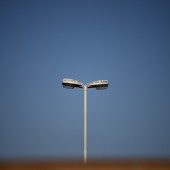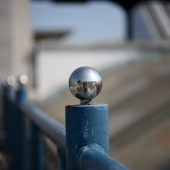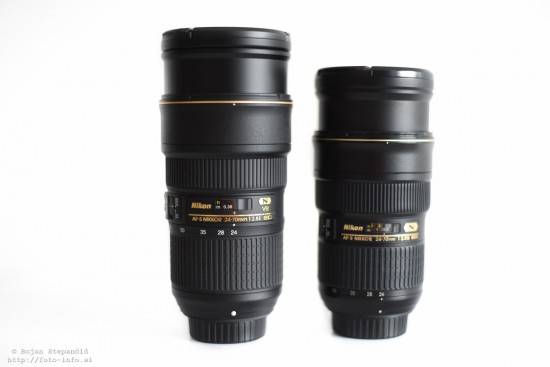

My name is Bojan Stepančič and I am a professional photographer from Slovenia. I run the photography site foto-info.si. More information about me and my work can be found here.
What is the effect on the perception of quality of a certain lens when comparing it in its own quality range is best seen in the new Nikon lens AF-S Nikkor 24-70 f/2.8E ED VR. That is also the reason I made the test and evaluation from the user’s point of view. I focused on detailed analysis, but all in the context of visual depiction of certain differences and features and not just listing boring numbers, which is often the case with these tests. I tested the lens as a photographer and focused on the features that matter to me .
On August 4th Nikon announced the new standard zoom lens AF-S Nikkor 24-70mm f/2.8 E ED VR. The first version of this lens was presented in 2007, together with Nikon D3 and D700, that were the first Nikon FX (full frame) digital cameras. In the description of the new Nikon AF-S 24-70mm f/2.8E ED VR Nikon wrote:
“Meet your new must-have lens, the evolution of a legendary workhorse. The AF-S NIKKOR 24-70mm f/2.8E ED VR improves upon nearly every aspect of its acclaimed predecessor—sharpness, speed, consistency, control and durability plus Vibration Reduction image stabilization technology—and the results are stunning. Pair it with a Nikon full-frame high-resolution DSLR, and achieve new levels of sharpness and clarity. From studio work to field assignments, environmental to events, stills to HD video, when chasing the decisive moment, you’ll always know which lens to grab.”
Therefore the expectations were high for a reason. My first contact with that lens was when I had the demo version of this lens in my hands. My first impression was that it was pretty big, but the weight was OK, since the first 2007 version of this lens was 900 grams and this one was 1070 grams.
Quite soon I had the chance to test the production version of this lens.
Part 1. Nikon AF-S Nikkor 24-70mm f/2.8E ED VR first test
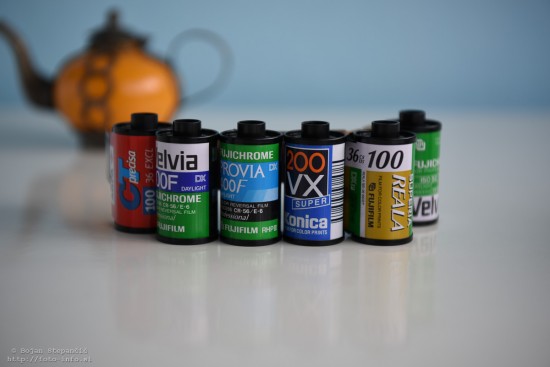
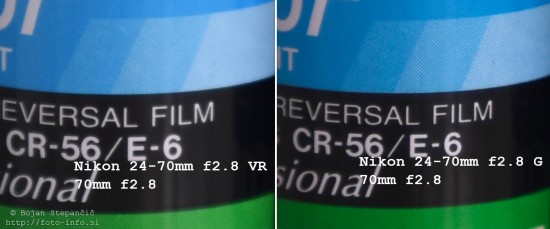

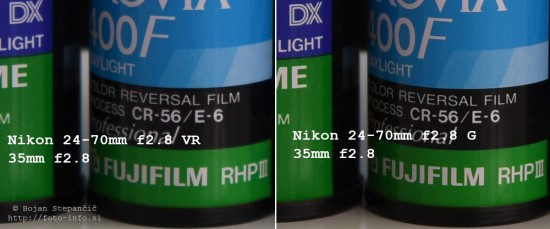
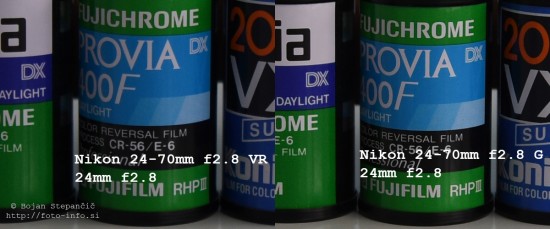
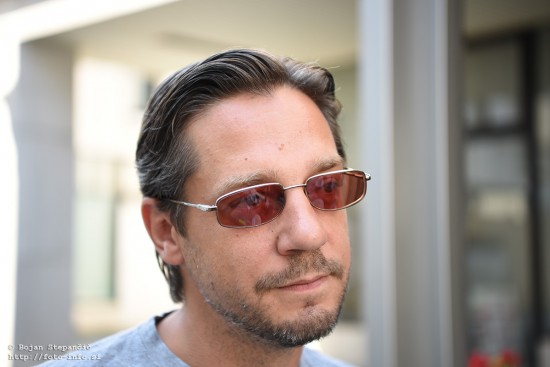
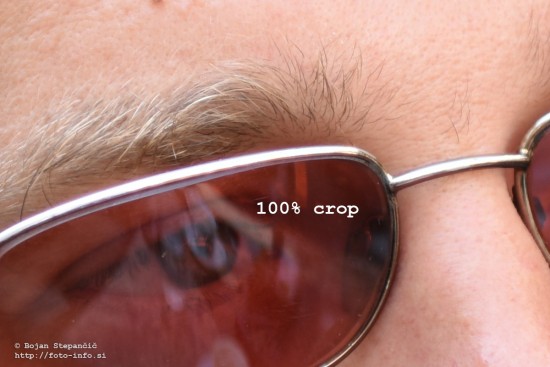
At first I tested the lens individually, which means I did not compare it to other lenses. I made some quick impressions, based on the photos I made with it and also made some remarks. By looking at the first photos I noticed that the lens has a strong vignetting with opened aperture on all focus lengths and also the sharpness at close-ups seemed a little weak.
Quality and handling
The lens is made in high quality and everything runs and moves without a glitch, there may be a minor flaw with the VR system switch, that is quite small and has a small gap between positions that sometimes can result in choosing a wrong position. Dimensions of the lens are far from modest, fully opened it measures 180mm in length, which is almost the length of telephoto zoom lenses. The width is 88mm. As mentioned before the weight does not reflect the size and is not a determining factor with a camera like Nikon D810, which is quite heavy by itself. I like the somewhat wider construction of the lens (88mm) as it fits in my hand perfectly, even though it may present a problem for those with smaller hands. While carrying the camera around my neck, I had to support it with my hand like when carrying a camera with a telephoto zoom lens, because the length (180mm when fully opened) is an issue.
AF motor and electromagnetic diaphragm mechanism
I was really surprised by the lightning speed of AF motor and how fast the lens performs. Lens focuses rapidly and accurately. After minor corrections of micro AF adjustment the focus was in most cases very accurate. In this area it is necessary to recognize the big progress that was made. Electromagnetic diaphragm is Nikon’s new system, which allows more accurate and faster closing and opening of the aperture blades.
VR image stabilization system
Finally, Nikon decided to incorporate image stabilization system in the lens with such focal range. The system works fairly quickly, which means that it quickly stabilizes the picture and the shooting is quite intuitive. Sharp images in most cases were achieved with up to 3x longer time than without the VR system. At longer times attempts to achieve sharp photos were less successful. I didn’t notice any other peculiarities with VR system at the time of testing.
As I mentioned before I also noticed that some characteristics (sharpness and vignetting) were less impressive.
Part 2. Test comparison with the Nikon AF-S 24-120mm f/4 VR lens

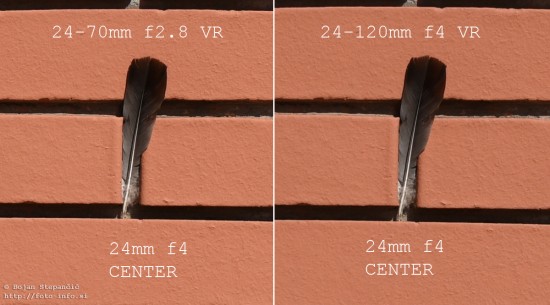
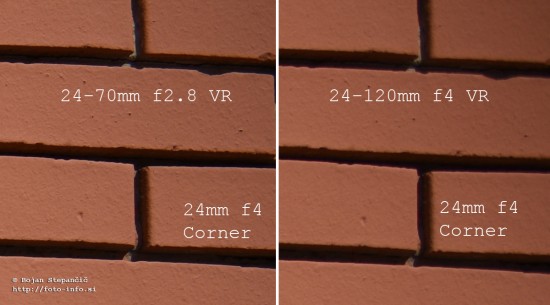
If I want to put the new lens in perspective, I had to compare it with some other lenses. First of all, I had the opportunity to compare the Nikon AF-S 24-70mm f/2.8 VR with much cheaper but very popular lens Nikon AF-S 24-120mm f/4 VR. I know this lens very well and I know that it has some vignetting at 24mm and open aperture f/4, that it would suit me. Also the distortion correction at 24mm is not ideal. The sharpness in most cases is satisfactory.
I tested both lenses at the aperture f/4, which is the nominal aperture for Nikon 24-120mm f/4 VR. Distortion at 24mm focal length is slightly better corrected in the new lens, also the sharpness of the edges is much better, in the middle of the image, the difference is smaller. In the 70mm focal length, the situation is similar. The edges by the new lens are more sharp, the vignetting is much less pronounced but we need to consider that the AF-S 24-70mm f/2.8 VR were closed one stop, where it lost most of vignetting, which I observed at aperture f2.8. By shooting straight into the light I noticed that the new lens has less flare and ghosting effect. The result was expected, the only thing that surprised me that the difference of sharpness in the center of the picture was pretty much the same.
Part 3. Test comparison with the Nikon AF-S 24-70mm f/2.8G ED
At the end I managed to get the old 24-70mm f/2.8G lens – the 2007 version. This lens is well known to me, I photographed with it for several years. The old lens was optically a great lens, there were some problems with durability, but otherwise a very popular lens with professional photographers.
AF system with the new lens is significantly faster than AF system in the old lens (that is not considered to be slow). The difference in the dimensions between lenses is obvious. I needed quite some time to get used to the dimensions of the new lens:
I was most interested in sharpness at close-ups. I used table test scene to compare both of these lenses. After the first test of the new lens I noticed a slightly worse sharpness in close-ups, but I could not evaluate it. This time, it is clearly shown how sharp the new lens is for close-ups. It is necessary to know that many professional photographers use pro standard zoom lenses for product photography, they use it mostly between 50 and 70mmm. The old lens performed well in this segment. In the photos it is clear that the new lens is much less sharp at open aperture than the old lens. On the comparative images there is a visible difference in favor of the older version of the lens. The test photos were taken from a distance of 60-70cm.



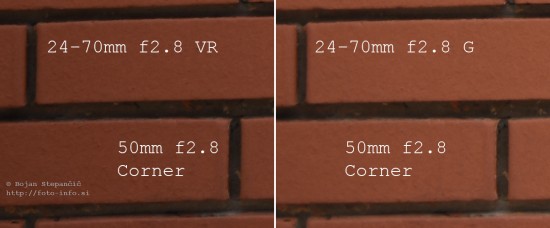
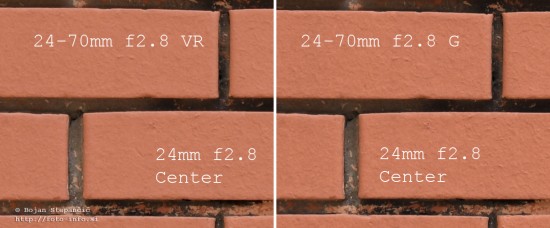
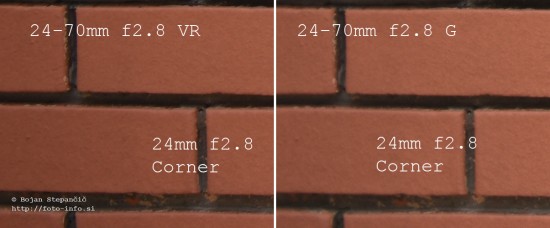



On a brick wall, I compared the sharpness at the edges and in the middle of the image, the degree of optical distortion and vignetting for both lenses. It proved that the new lens has significantly more light falloff (pronounced vignetting) with open apertures than the old lens, The degree of vignetting at open aperture with the new lens is considerable, as can be seen in comparison with the old lens. Optical distortion in both lenses is about the same. The sharpness in the center of the image is about the same. Only in the extreme corners of the image, the new lens is a little sharper. Area where the new lens really shines is when shooting directly into the light. The old version of the lens with Nano coating which absorbs light reflection was very good and the new one is even better. In the first few days I noticed that the new lens CA was negligible. The difference is visible in the test photos.
When we put the new lens next to the old one, the positive and negative sides of both are more obvious and are easily put in perspective.
To be honest, the Nikon AF-S 24-70mm f/2.8 G 2007 lens is optically a very good lens. The new Nikon AF-S 24-70mm f/2.8 VR beats it because it is more robust, it has a built-in picture stabilizer, quicker AF drive, but the optics are not that much better. The new Nikon AF-S 24-70mm f/2.8 VR has much less chromatic aberration CA and works better when shooting straight into the light, where ghosting and flare effects are less noticeable. Sharpness at close-ups is worse with the new lens, also the vignetting is much stronger at f/2.8, than with the previous version. Optical distortion with both is about the same, even though we would expect an improvement in this area, the center sharpness is about the same, the far edge sharpness with the new Nikon AF-S 24-70mm f/2.8 VR is a little better.
At the end I would again like to point out that the test and comparison of Nikon AF-S 24-70mm f/2.8VR are made from the perspective of the user experience. I spent a little more in-depth analysis of the sharpness, optical distortion and vignetting at different focal lengths, but this is made mainly in the sense that it shows visual difference in image quality at variety of settings.
Comments are based on my personal observations.
My page: http://foto-info.si
My bio and work: http://foto-info.si/o-blogu/
Nikon AF-S Nikkor 24-70 f/2.8E ED VR gallery:
